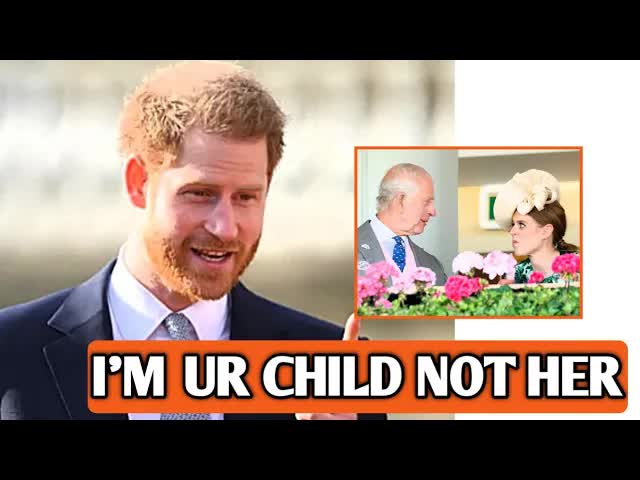The passing of Queen Elizabeth II has sent ripples through the British monarchy, prompting a significant reshuffle of roles and responsibilities.
In a surprising twist, Princess Beatrice has been appointed as a Consular of State, a position that allows her to act on behalf of King Charles III when he is unavailable or incapacitated.
This pivotal appointment marks a notable change in the royal hierarchy, especially given the circumstances surrounding the Queen’s death.
Traditionally, this role has been held by senior royals such as Charles, William, Harry, and Andrew.
However, with Prince Andrew‘s official duties on hold due to controversies surrounding his past, and Prince Harry stepping back from royal life, Beatrice emerges as the next eligible individual in the line of succession who is over 21.
This places her just behind Prince William in terms of executing royal duties.
The newly formed group of Consulars of State now includes William, Harry—though his participation remains uncertain—Andrew, Queen Consort Camilla, and Beatrice.
Essentially, Beatrice is positioned as the primary support for William, taking on a significant role in the royal framework during this transitional period.
According to the Royal Family’s official website, Beatrice’s responsibilities as a Consular of State are extensive.
She is now empowered to perform a majority of the Sovereign’s official duties, which include attending vital Privy Council meetings where key governmental decisions are made.
Additionally, she will have the authority to sign routine documents on behalf of the King, a task that carries considerable weight and responsibility.
Moreover, Beatrice will also take on the ceremonial duty of receiving credentials from newly appointed ambassadors to the United Kingdom.
While this role is significant, it does come with limitations.
Notably, matters concerning the Commonwealth remain solely within the King’s domain, and Beatrice cannot independently appoint Prime Ministers, create peers, or dissolve Parliament.
Such actions require the King’s explicit guidance, emphasizing that ultimate authority still rests with him.
Alongside these structural changes, the emotional toll of Queen Elizabeth II’s passing is palpable among the royal family.
Prince Harry’s hurried trip to Balmoral Castle to bid farewell to his grandmother highlighted the personal grief felt by many.
Arriving separately from Meghan Markle, Harry joined other family members gathered at the Scottish estate, creating a poignant scene captured by the media.
The atmosphere was heavy with emotion as King Charles III, Prince William, and Princes Andrew and Edward came together in solidarity during this difficult time.
Both the Sussexes, through their Archwell website, and Beatrice’s husband, Edoardo Mapelli Mazzi, shared heartfelt tributes to the late Queen, reflecting a deep sense of loss and respect for her remarkable reign.
Edoardo’s Instagram post, which featured personal photos, conveyed the close bond his family shared with the Queen.
The christening of Beatrice and Edoardo’s daughter, Siena, at St James’s Palace in April 2022, serves as a touching reminder of the Queen’s enduring influence in their lives, even in her absence.
As the monarchy navigates this new chapter, the events following the Queen’s death underscore a delicate balance between tradition and the personal grief experienced by its members.
The adjustments in royal roles not only reflect a shift in duty but also highlight the profound emotional landscape that accompanies such a significant loss.










